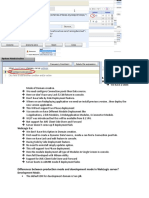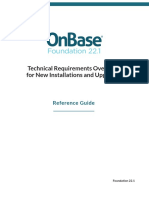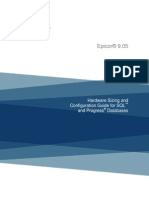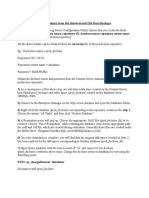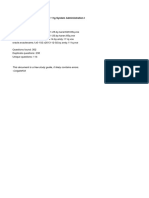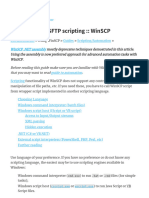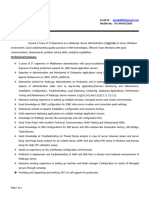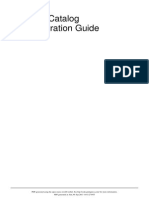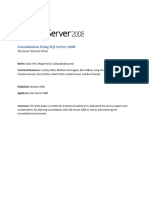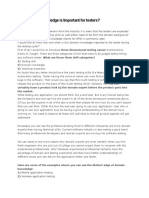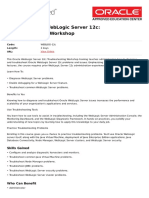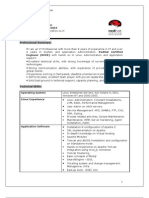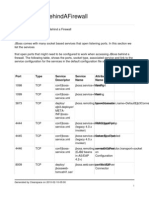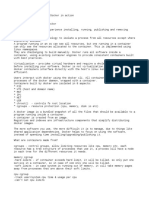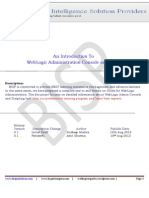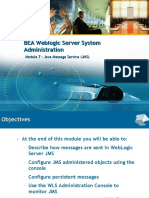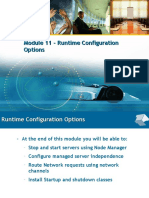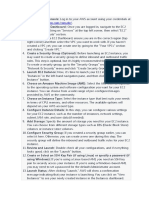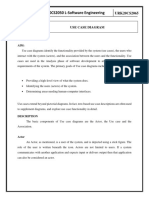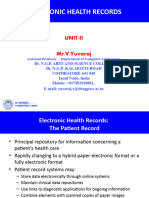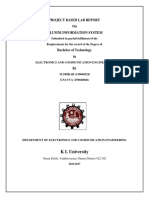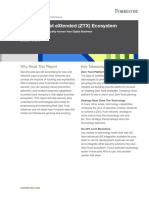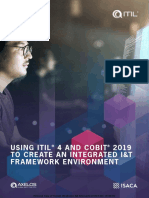100% found this document useful (1 vote)
468 views63 pagesModule 3 - Basic Weblogic Administration
This document provides an overview of basic Weblogic Server administration. It discusses configuring a new domain using the configuration wizard and templates. It also covers administering the server through the administration console, including configuring server properties, logs, and monitoring. Command line administration using weblogic.Admin is reviewed as well, including commands to start, stop, and get status of servers.
Uploaded by
avinjoyCopyright
© © All Rights Reserved
We take content rights seriously. If you suspect this is your content, claim it here.
Available Formats
Download as PPT, PDF, TXT or read online on Scribd
100% found this document useful (1 vote)
468 views63 pagesModule 3 - Basic Weblogic Administration
This document provides an overview of basic Weblogic Server administration. It discusses configuring a new domain using the configuration wizard and templates. It also covers administering the server through the administration console, including configuring server properties, logs, and monitoring. Command line administration using weblogic.Admin is reviewed as well, including commands to start, stop, and get status of servers.
Uploaded by
avinjoyCopyright
© © All Rights Reserved
We take content rights seriously. If you suspect this is your content, claim it here.
Available Formats
Download as PPT, PDF, TXT or read online on Scribd
/ 63

